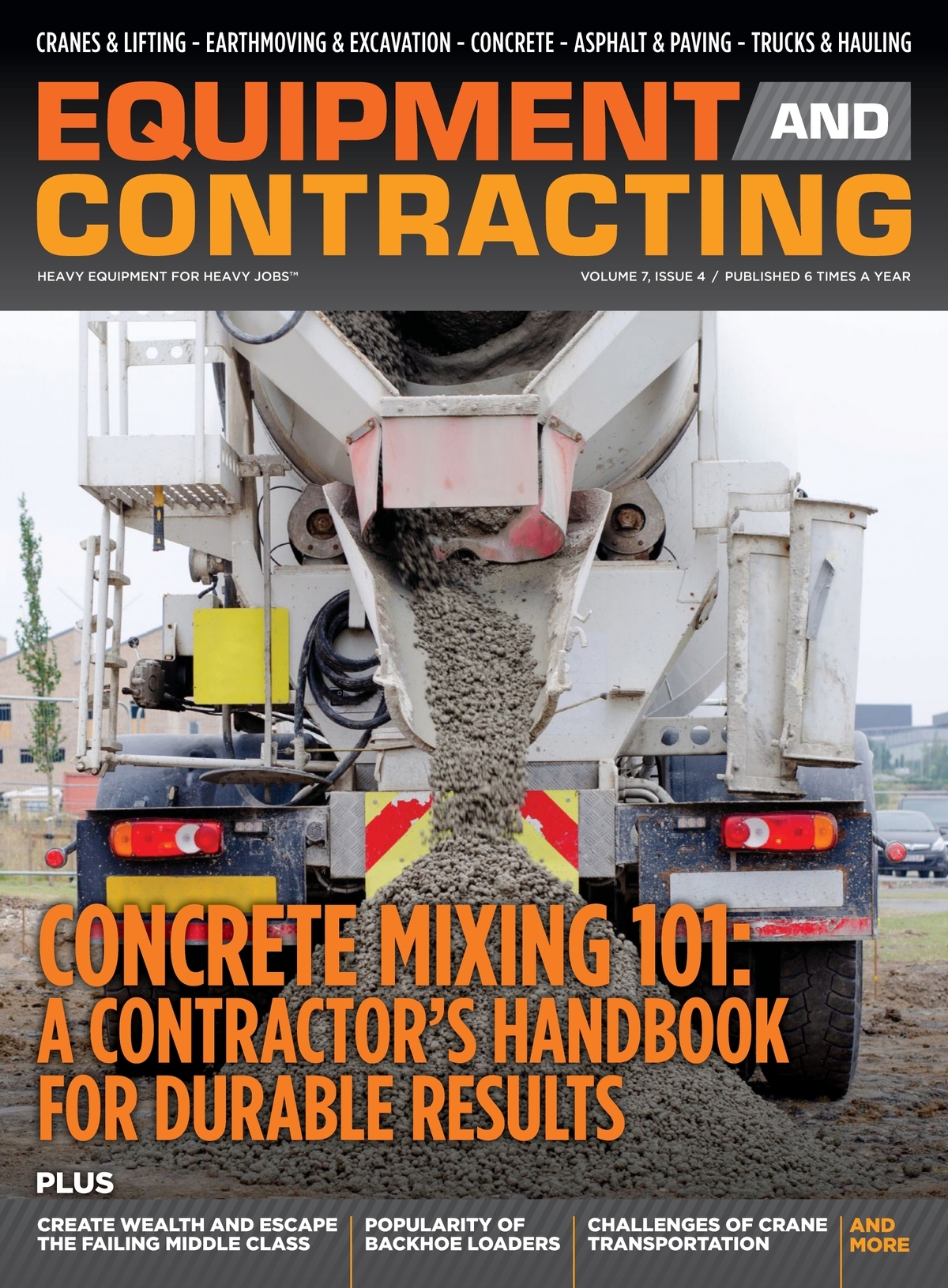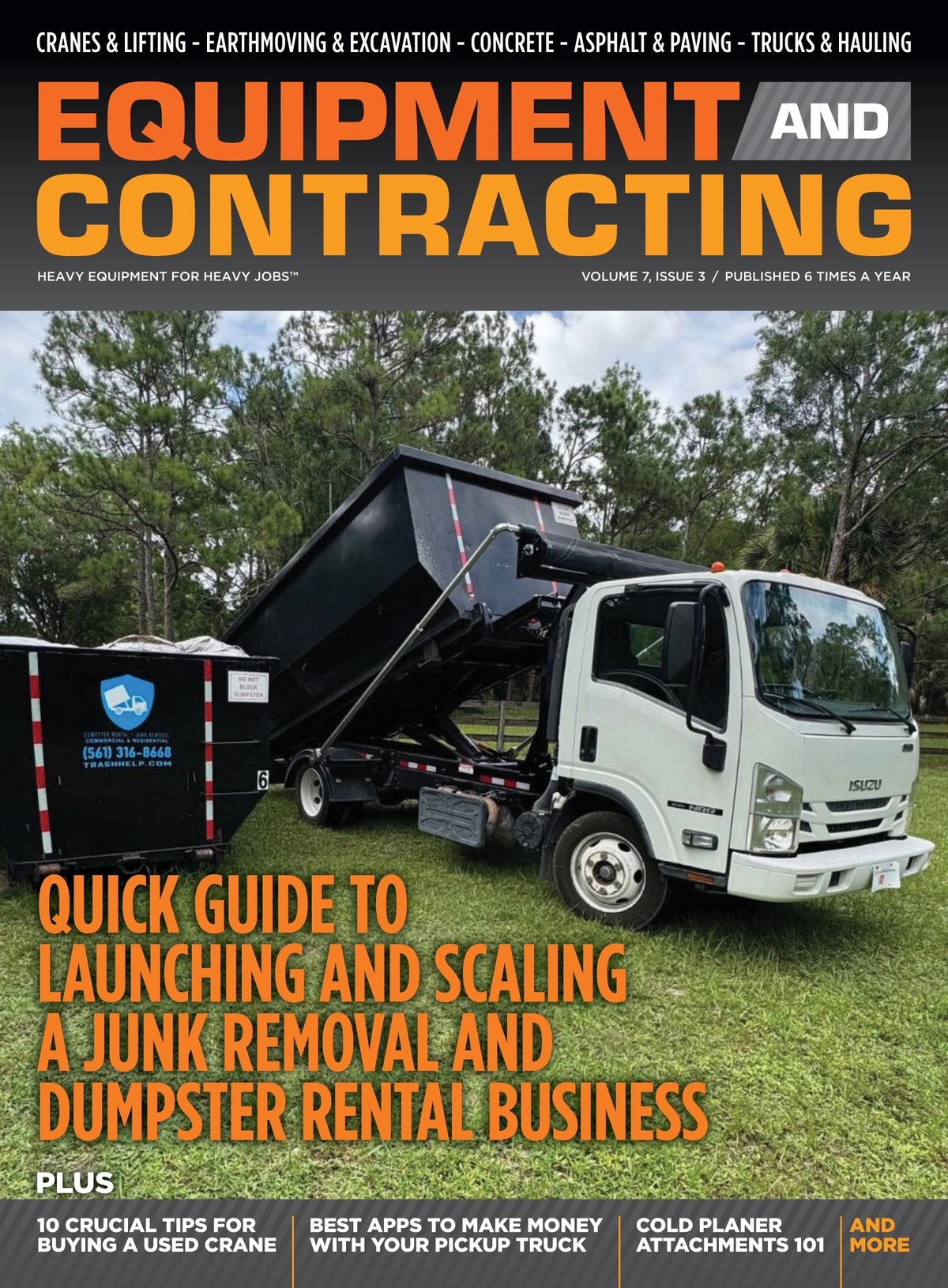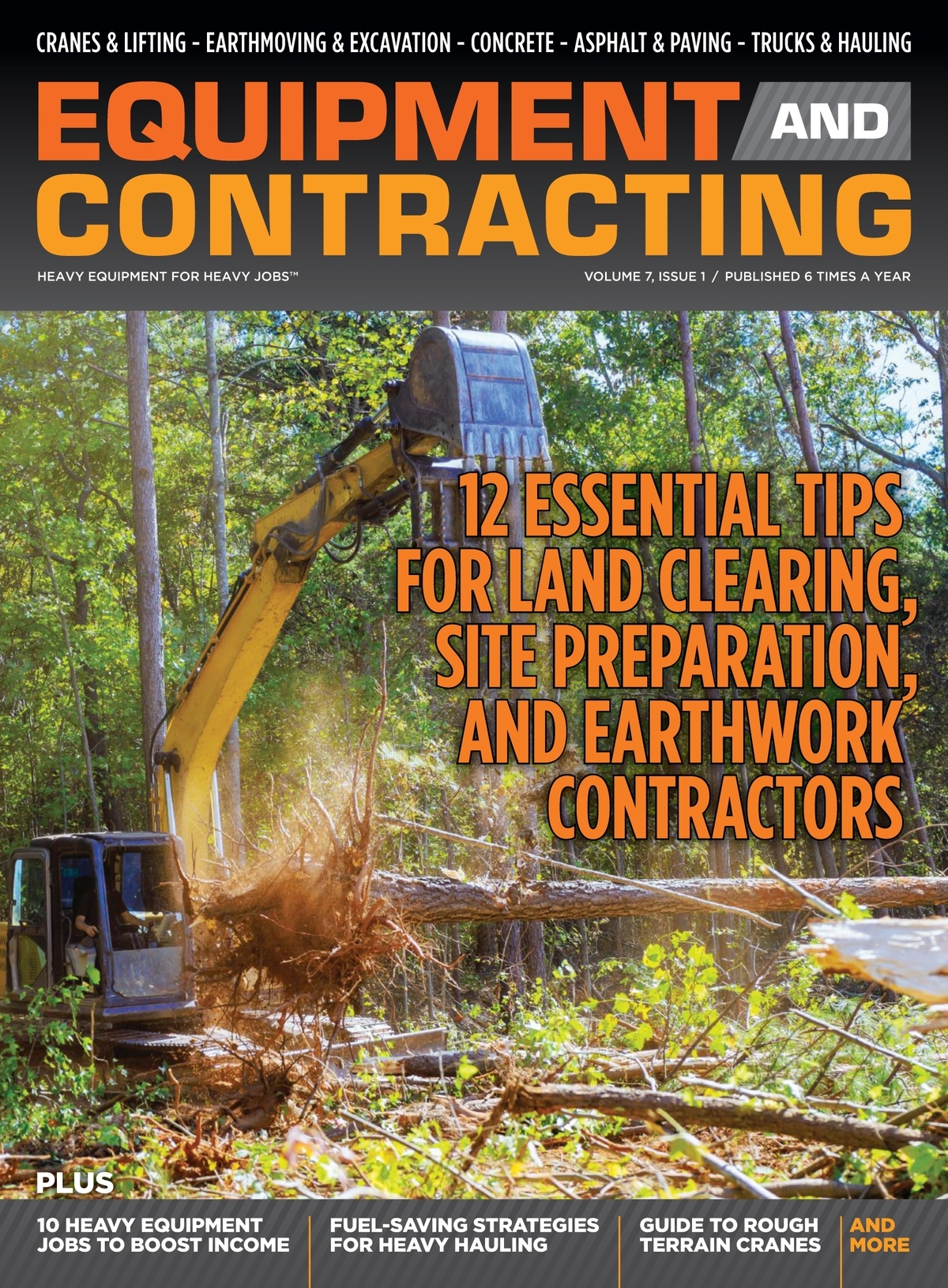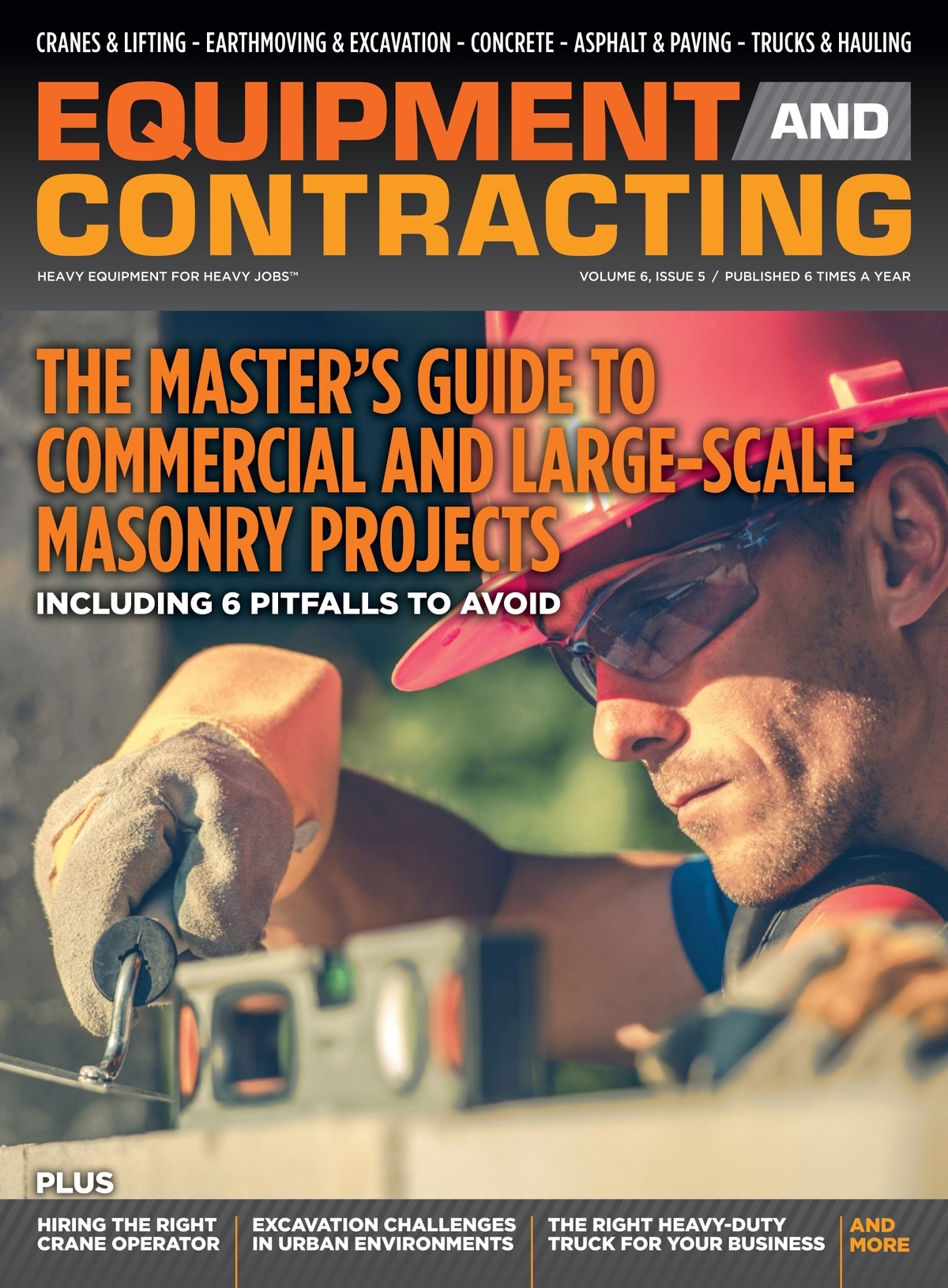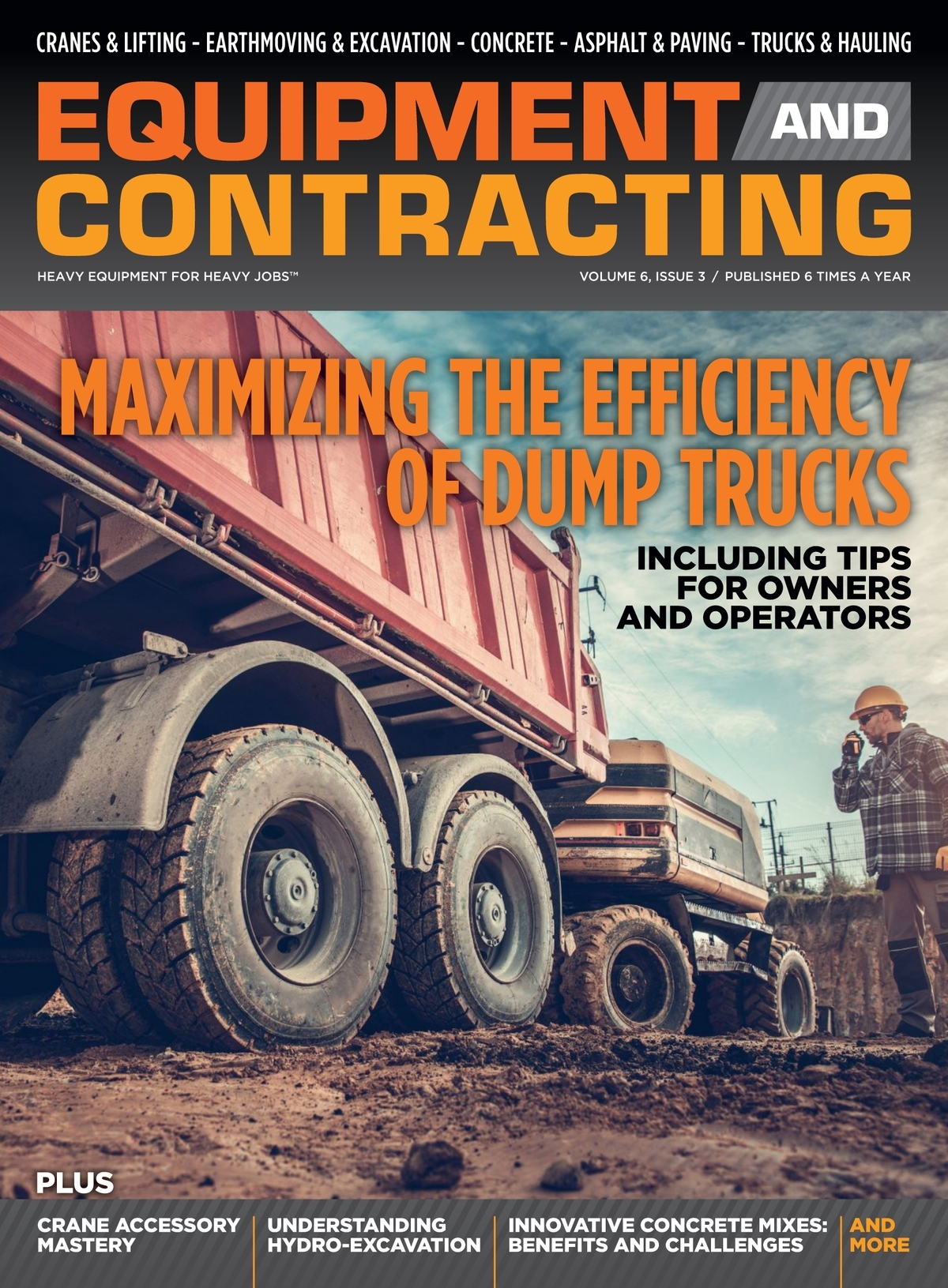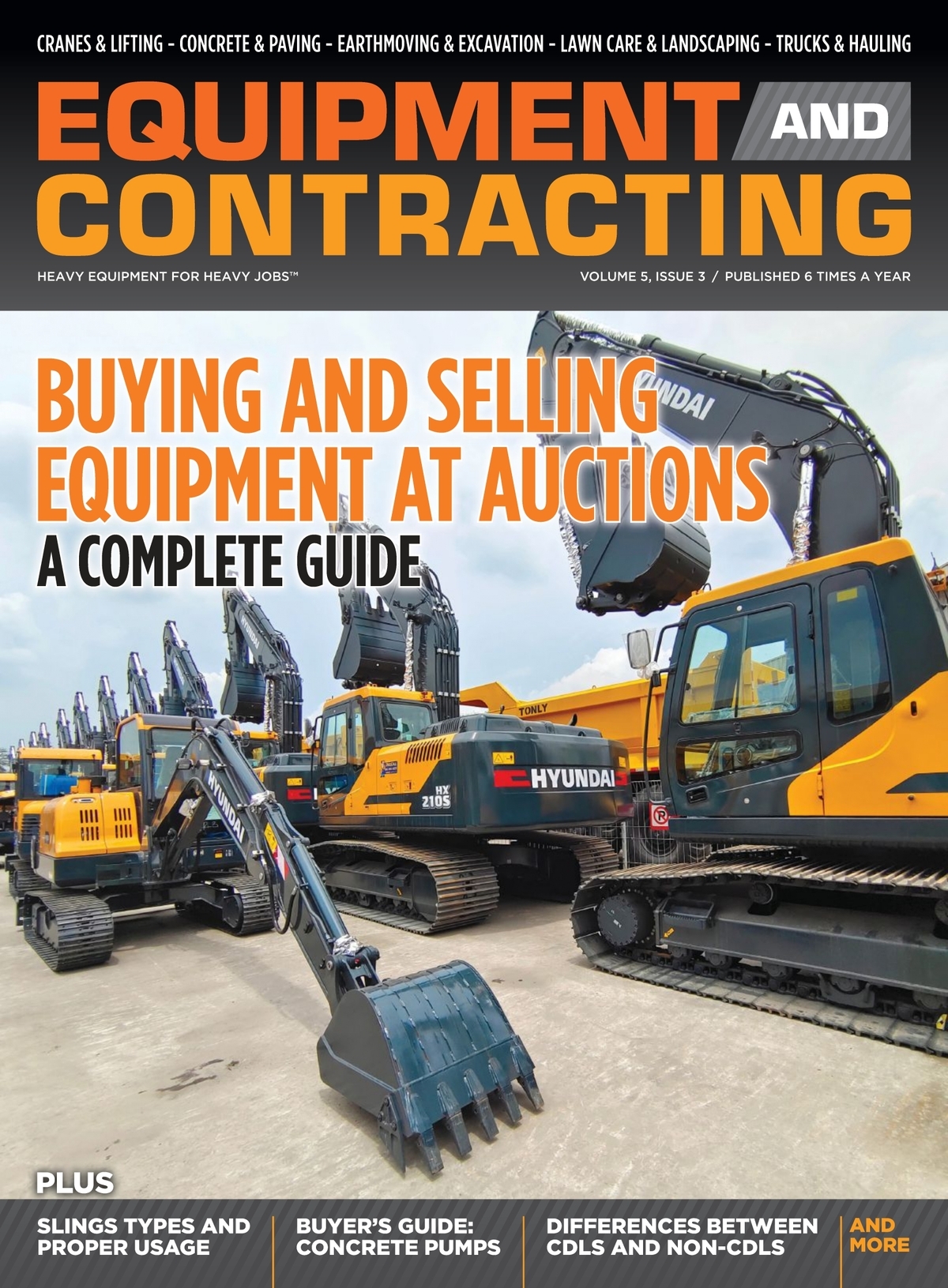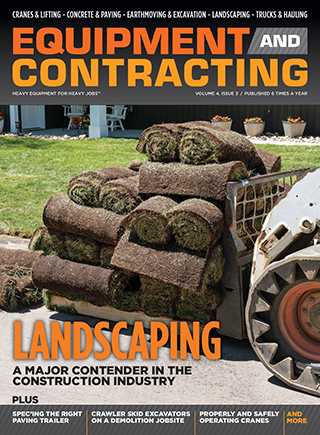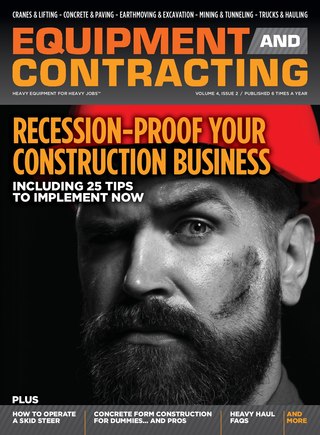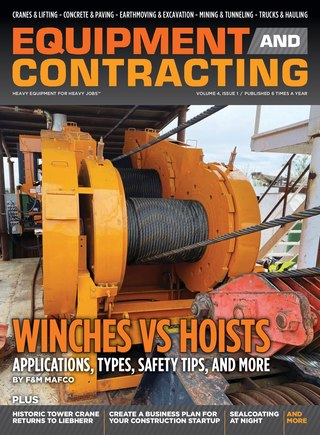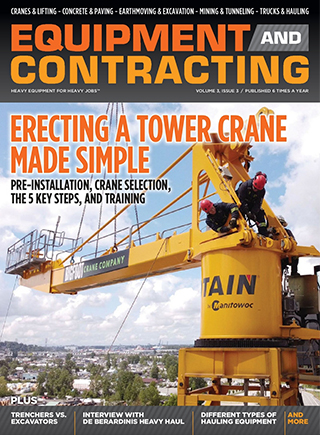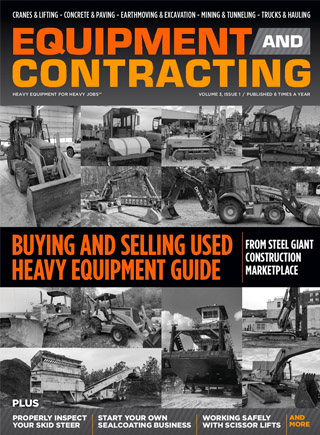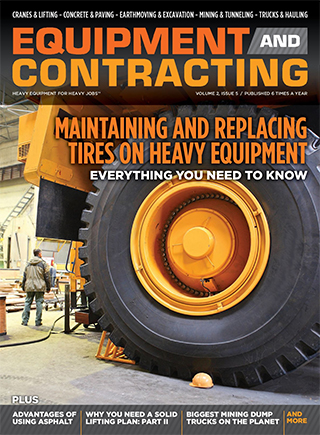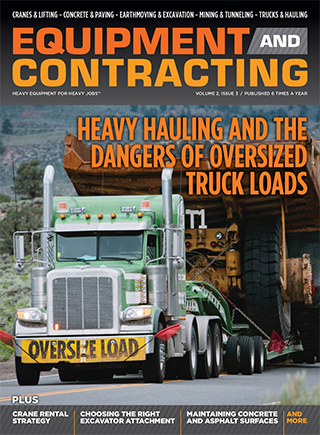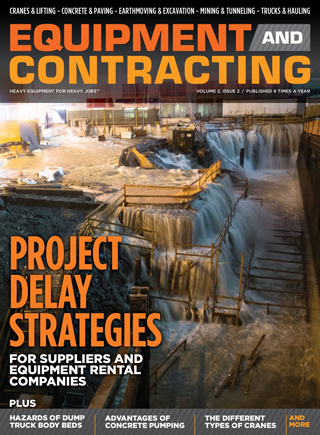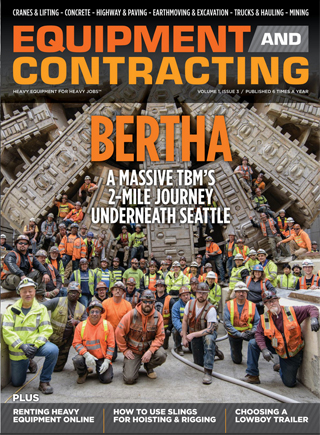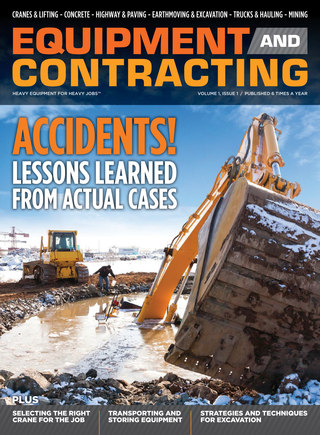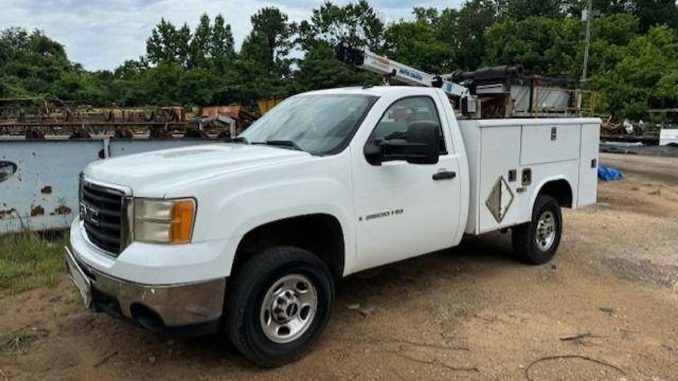
Contractors and fleet managers often look to used truck parts as a way to control costs without compromising reliability. When selected carefully these components can extend the life of a fleet and keep projects on schedule. The challenge is knowing what to evaluate before making the purchase. A structured inspection process helps prevent unexpected failures, additional repairs and unnecessary downtime. This guide explains the essential factors to consider before committing to used parts and attachments for construction operations.
Structural Integrity And Frame Condition
Assessing the Main Chassis and Mount Points
Any evaluation of used truck parts should start with the structural frame and mount points. These areas experience the most stress in daily operation, which makes them the best indicators of a part’s remaining life. Buyers should look for cracks, rust penetration, signs of impact or evidence of previous repair. A frame or mount that shows distortion may indicate that the part endured loads beyond its rating. Contractors often rely on reputable sellers who supply quality used truck parts to ensure the integrity of structural components.
Checking Weld Integrity and Corrosion
Welds hold together critical areas of truck bodies, beds, crane mounts and utility assemblies. When welds show surface cracking, uneven patterns or discoloration it often means the structure has been stressed or repaired. Corrosion also deserves close attention since it can weaken the metal underneath even if the surface appears stable. Any rust around suspension mounts, hydraulic supports or body interfaces should be examined carefully. Thorough inspection of these elements will help determine whether the part is ready for continued service in a demanding environment.
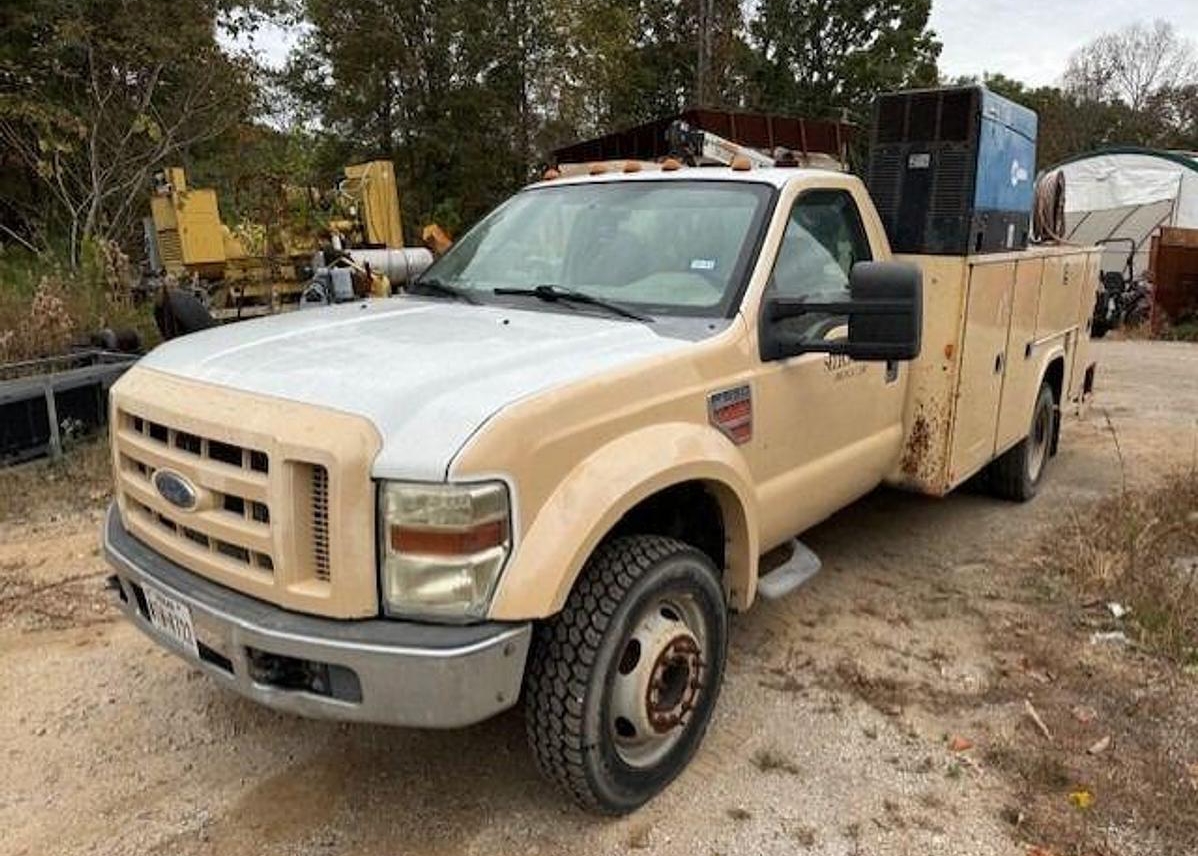
Wear Indicators And Service History
Understanding Service Records and History
Service history is one of the most valuable pieces of information a buyer can obtain. Clear documentation of maintenance activities, previous repairs, load cycles and usage environments helps establish the remaining service life. A part that received regular maintenance is more likely to perform reliably even after long service. When documentation is limited buyers should ask detailed questions about past operation and ensure that the description aligns with the visible condition. A reliable seller will provide transparent information that matches what a technician can observe.
Identifying Visible Signs of Wear and Fatigue
Even when records are available a physical inspection is essential. Brake components should have even wear patterns, hydraulic cylinders should not show seepage, and electrical harnesses should remain free from burn marks or brittle insulation. Body panels and structural components should not show bending or twisting. Uneven wear or mismatched parts may indicate past failure or improper installation. Contractors benefit from taking a slow and methodical approach to this process since many failure warnings are visible long before the part stops working.
Compatibility And Fit-for-Purpose
Confirming Mount Configuration and Attachment Points
Used truck parts must align correctly with the vehicle they are being installed on. This includes physical mounting points, hydraulic and pneumatic connections, electrical systems and control interfaces. When a part is designed for a different model or chassis configuration buyers may need additional modification which increases the cost. Contractors who source reliable truck attachments from established providers can reduce the risk of compatibility issues and installation delays.
Considering Load Capacity and Matching to the Task
Compatibility is more than fit. It also includes load rating and intended use. A service body, crane mount or dump assembly that was originally designed for lighter duty may not handle the demands of heavy construction. Buyers should verify load tags, specification plates and any remaining identification. Parts should always meet or exceed the duty cycle of the task they will perform. Matching the component to the application prevents premature wear and improves overall fleet efficiency.
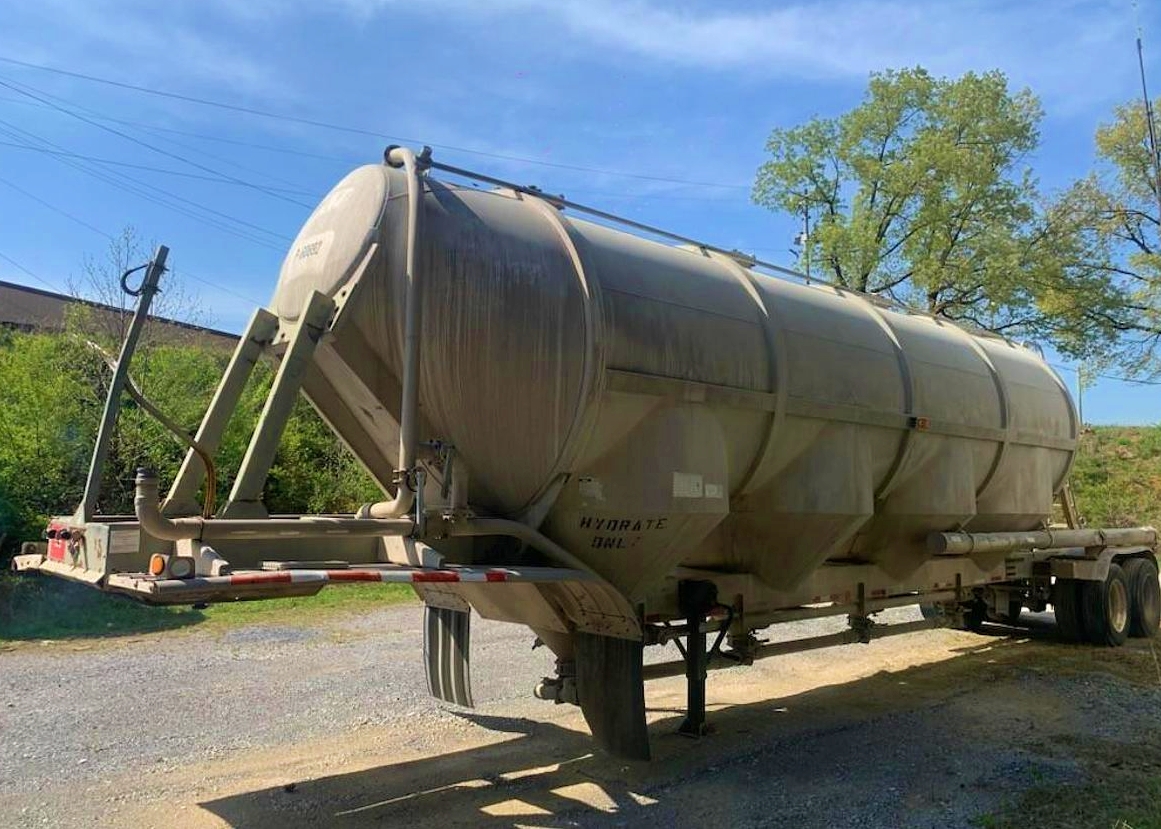
Documentation And Verification
Requesting Verification of Origin and Condition
Documented information such as serial numbers, inspection reports and previous ownership records helps verify the legitimacy and history of the used part. Contractors should confirm that the part was not involved in a major accident, severe overload or structural failure. When sellers provide accurate documentation buyers can make decisions based on clear technical and operational facts. This verification process protects the fleet and ensures long term value.
Third-party or Professional Inspection Options
For high value parts or critical vehicle components it may be worthwhile to bring in an experienced mechanic or third-party inspector. A professional review can uncover hidden issues like internal corrosion, improperly repaired welds or frame misalignment. Even if contractors rely on their own technicians a second opinion is sometimes valuable when dealing with complex attachments or systems. Inspection services help confirm the overall condition and support a more confident purchase.
Final Checks Before Purchase
Before finalizing a purchase buyers should re-inspect the part, confirm any accessories included with the assembly and ensure that the installation plan is ready. Shipping considerations, return policies and installation support should be reviewed so the part can enter service without interruption. A methodical approach from first inspection to final verification allows contractors to maximize the value of used truck parts and minimize unexpected downtime.
Used truck parts can provide substantial savings when selected with care. By focusing on structural integrity, wear patterns, compatibility, documentation and verification contractors can make smart decisions that extend the life of their fleet. With dependable suppliers, clear records and thorough inspections contractors can obtain components that perform well on active jobsites. The right used part can support productivity, reduce operating costs and keep projects running smoothly.


